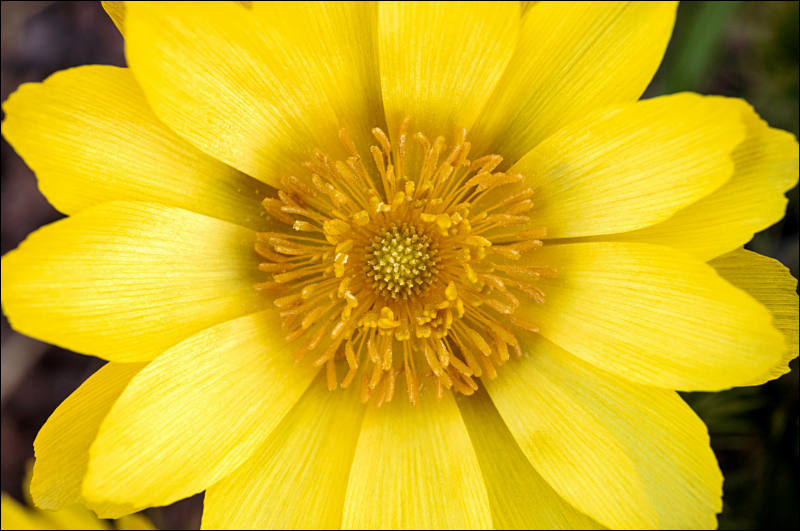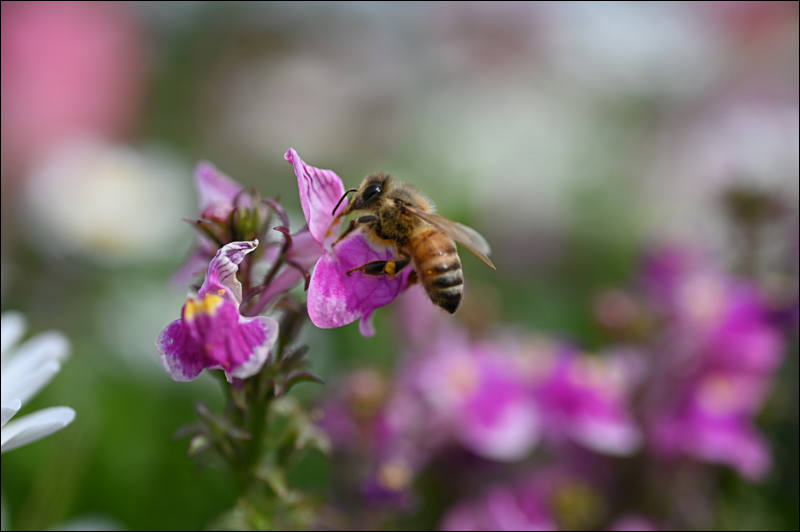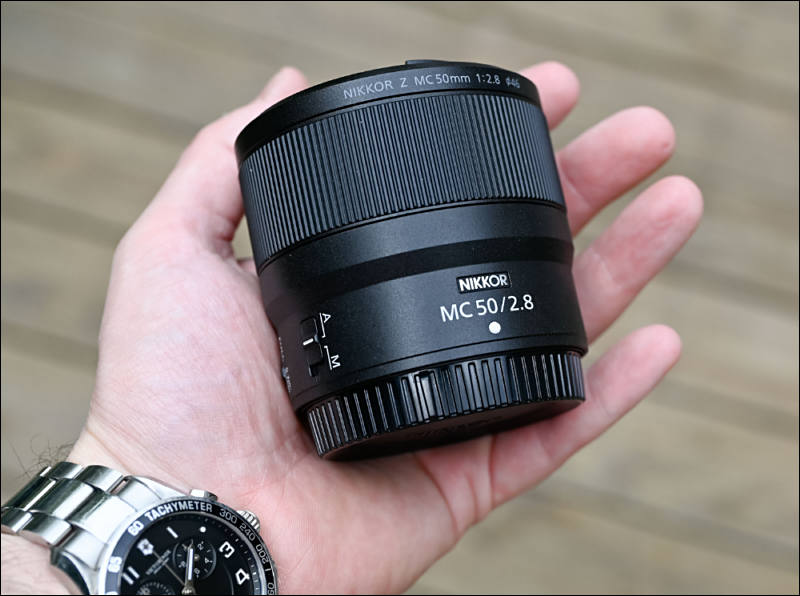
It allows to keep PV going, with more focus towards AI, but keeping be one of the few truly independent places.
-
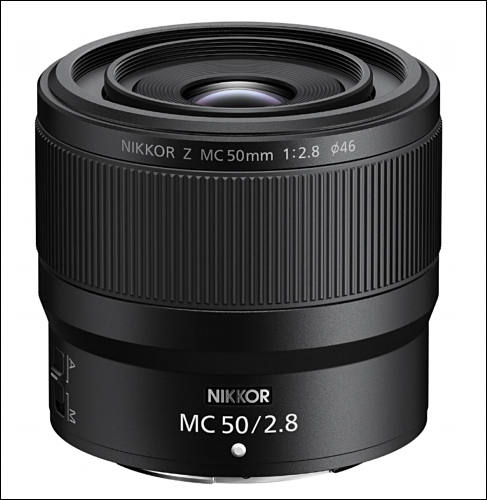
Specs
- 10 Elements in 7 Groups
- Min Aperture - F22
- Min. Focusing Distance - 16 cm
- Maximum Magnification - 1x
- Macro Reproduction Ratio - 1:1
- 9 Diaphragm Blades
- AF Lens
- 46mm filters
- 74.5 x 66 mm
- 260 g
- $649 at
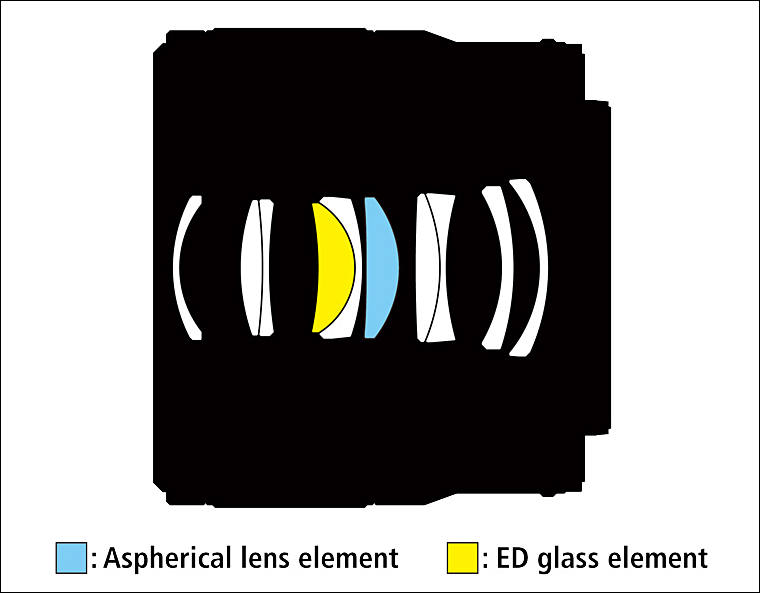
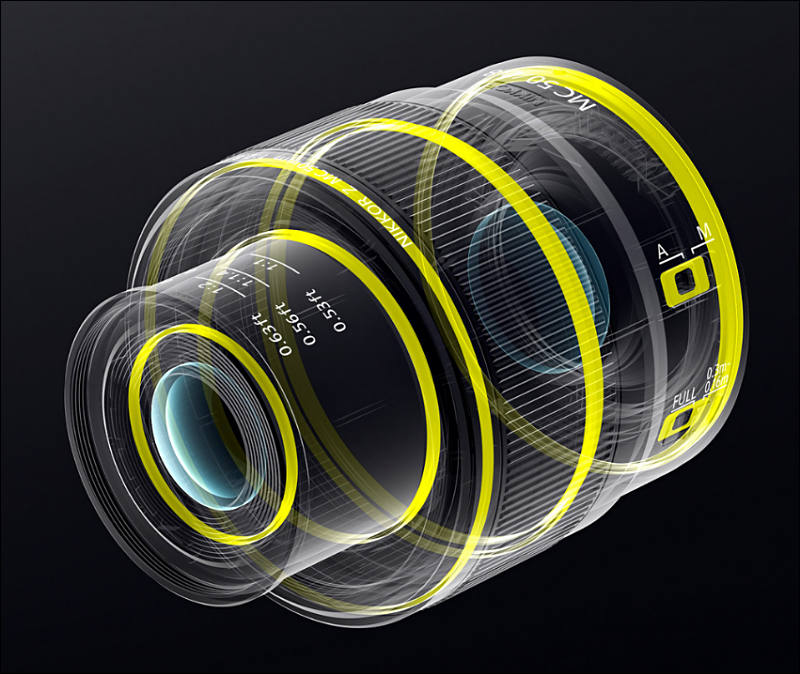

 sa17406.jpg487 x 500 - 35K
sa17406.jpg487 x 500 - 35K
 sa17416.jpg800 x 674 - 91K
sa17416.jpg800 x 674 - 91K
 sa17417.jpg760 x 593 - 35K
sa17417.jpg760 x 593 - 35K -
UK PR
Nikon introduces the first two macro lenses to join the Nikon Z family. The impressively lightweight NIKKOR Z MC 105mm f/2.8 VR S is a professional S-line macro lens capable of stunningly lifelike depth and detail. The NIKKOR Z MC 50mm f/2.8 is a compact, lightweight, and versatile lens that’s ideal for starting macro photographers who want to shoot vibrant close-ups.
With its 1:1 reproduction ratio, flawless focusing, and superb rendering abilities, the professional NIKKOR Z MC 105mm f/2.8 VR S is a master of the life-size shot. Optimised for macro shooting in stills or video, its medium-telephoto angle of view also makes it a stunning lens for detailed portraiture: sharpness and contrast are incredible, and so is bokeh. Control is precise and flexible, and photographers can reverse the focus direction of this lens, which is an advantage when working in a mixed production environment.
The new NIKKOR Z MC 50mm f/2.8 is a great portable lens capable of bringing out the beauty in even the most ordinary subjects. From enticing food photography to top shots of flowers, photographers can capture super-sharp life-size (1:1) macro images and striking close-ups of small subjects and details with ease. Focus is fast and sharp, even when the front of this macro lens is just 5.6 cm away from a subject! Users can also take advantage of the classic 50 mm focal length and natural perspective to shoot anything from portraits to street scenes.
Rob Harmon, Senior Commercial Lead, Nikon Northern Europe, says: “The long-awaited 105 mm macro lens brings astonishingly beautiful macro performance to the Z system, and is a perfect choice for both professionals and macro enthusiasts. Its smaller and more affordable sibling has a lot to offer too: the new 50 mm macro lens is ideal if you want to start shooting true macro images. And if you simply want a versatile 50 mm lens that will also let you capture incredible close-ups, then this is it.”
Donna Crous, food photographer and Nikon Europe Ambassador says: “I was fortunate enough to get to work with the new NIKKOR Z 105mm macro lens whilst shooting the Create Your Light campaign with Nikon. I was completely blown away by its performance, particularly in lower light. Definitely a staple lens for any food photographer who values shallow depth of field, focusing speed, and beautiful bokeh—because we all love those beautiful bokeh balls!”
Summary of key features: NIKKOR Z MC 50mm f/2.8
Awesome macro shots: markings on the lens barrel clearly indicate whether shooting at a 1:4, 1:2, or 1:1 (life-size) magnification ratio.
Brilliant everyday shots: take advantage of the classic 50 mm focal length and natural perspective to shoot anything from portraits to street scenes.
Tack-sharp up close: a minimum focus distance of just 0.16 m enables sharp focus even when the front of this macro lens is just 5.6 cm away from a subject! In-camera VR keeps shots steady.
Bring out your subject: superior optics and the f/2.8 rounded 9-blade aperture enable beautiful bokeh.
Focus limit switch: the AF focus limit switch lets the lens focus more quickly on subjects within a 0.16–0.30 m range.
Compact and lightweight: this lens is easy to handle and balances beautifully on both Z series full-frame and DX-format cameras.
75 mm in DX crop: when used on a Z series DX mirrorless camera, this lens offers a 75 mm angle of view. Great for portraits or tighter crops of small subjects when shooting macro.
Precise, easy control: control aperture, ISO, and more via the silent control ring. Instantly switch between manual and autofocus via the lens.
Protective coating: Nikon’s fluorine coating protects the front of the lens and makes it easy to wipe the surface clean. Perfect if your creative playground is outside.
-
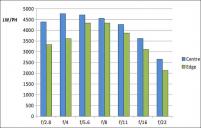
 sa17654.jpg800 x 509 - 57K
sa17654.jpg800 x 509 - 57K
 sa17655.jpg800 x 533 - 96K
sa17655.jpg800 x 533 - 96K -

 sa17666.jpg800 x 526 - 56K
sa17666.jpg800 x 526 - 56K -
Xitek interview with Nikon:
Is it an improvement from AF-S 105mm?
It is a completely new design to meet the expectations of users.
What is the secret to making it smaller and lighter?
The material of the lens body has been changed, and it has been realized with an aluminum alloy mount and a newly developed stepping motor. Despite its weight reduction, it ensures strength, durability, and optical performance.
Some people used teleconverters for F-mounts, but is there a dedicated teleconverter?
So far, there is no such plan. It was not compatible with teleconverters in order to achieve optical performance, AF performance, and weight reduction.
Speaking of lenses, we emphasize the opening performance of the maximum aperture, but do you think that the resolution when the lens is stopped down is also important for macro lenses?
The two lenses announced this time are excellent not only in optical performance with the aperture open, but also in suppressing aberrations when the aperture is stopped down. Even if you use a small aperture like the F11, the difference from the current model is obvious.
Is it compatible with ES-2?
50mm F2.8 is supported, but 105mm is not.
What are the main design differences between 50mm F2.8 and 50mm F1.8?
Although it is compact and lightweight, it maintains high resolution from infinity to 1x and low optical performance with little aberration. It is suitable for close-ups of subjects that are prone to bleeding, such as jewelry and watches.
What is the effect of the combination of 105mm in-lens image stabilization and in-body image stabilization?
There is no change in the performance value of image stabilization, but the correction effect improves in conjunction with the 5-axis in-body image stabilization.
Does the effect of image stabilization change depending on the shooting distance?
The shorter the shooting distance, the smaller the correction effect.
Dust-proof and drip-proof
105mm has a high dust-proof and drip-proof property by sealing the moving parts. 50mm is designed to prevent water droplets and dust from entering the main body.
Why is there no lens with the same magnification or larger?
The magnification is set to the same size in consideration of the balance between optical performance, AF performance, and weight reduction.
-
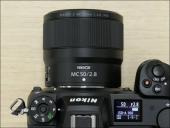
 sa17726.jpg791 x 594 - 55K
sa17726.jpg791 x 594 - 55K -

 sa18350.jpg800 x 532 - 54K
sa18350.jpg800 x 532 - 54K
 sa18351.jpg800 x 536 - 45K
sa18351.jpg800 x 536 - 45K
Howdy, Stranger!
It looks like you're new here. If you want to get involved, click one of these buttons!
Categories
- Topics List24,068
- Blog5,725
- General and News1,392
- Hacks and Patches1,153
- ↳ Top Settings33
- ↳ Beginners256
- ↳ Archives402
- ↳ Hacks News and Development56
- Cameras2,390
- ↳ Panasonic995
- ↳ Canon118
- ↳ Sony156
- ↳ Nikon96
- ↳ Pentax and Samsung70
- ↳ Olympus and Fujifilm102
- ↳ Compacts and Camcorders300
- ↳ Smartphones for video97
- ↳ Pro Video Cameras191
- ↳ BlackMagic and other raw cameras138
- Skill1,960
- ↳ Business and distribution66
- ↳ Preparation, scripts and legal38
- ↳ Art149
- ↳ Import, Convert, Exporting291
- ↳ Editors191
- ↳ Effects and stunts115
- ↳ Color grading197
- ↳ Sound and Music280
- ↳ Lighting96
- ↳ Software and storage tips266
- Gear5,420
- ↳ Filters, Adapters, Matte boxes344
- ↳ Lenses1,582
- ↳ Follow focus and gears93
- ↳ Sound499
- ↳ Lighting gear314
- ↳ Camera movement230
- ↳ Gimbals and copters302
- ↳ Rigs and related stuff273
- ↳ Power solutions83
- ↳ Monitors and viewfinders340
- ↳ Tripods and fluid heads139
- ↳ Storage286
- ↳ Computers and studio gear560
- ↳ VR and 3D248
- Showcase1,859
- Marketplace2,834
- Offtopic1,335


